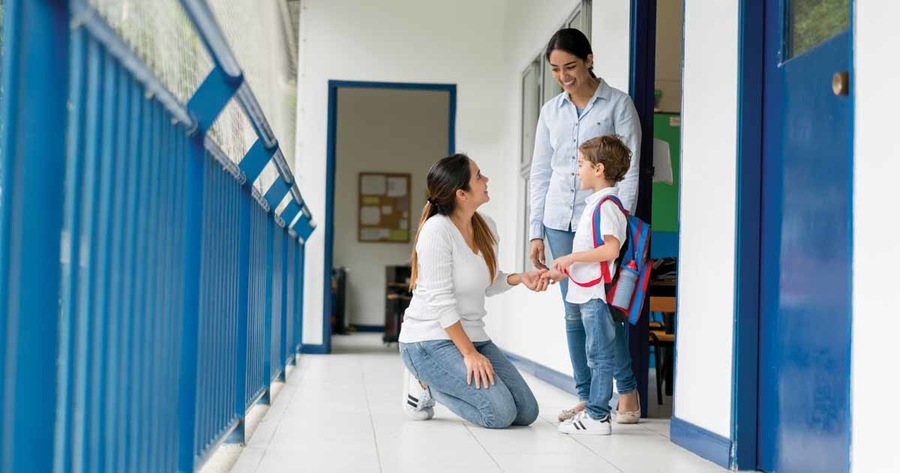They know afterschool programs can provide growth opportunities for students with disabilities. But they may be less sure whether and how students with various disabilities can be fully included in program activities.
Families may wonder: Will my child be welcome? Will she be safe physically and emotionally? Is the program willing and able to provide appropriate support? If problems arise, will the staff listen to my concerns?
Afterschool staff may have questions: What's the best way to learn what a student with disabilities needs? What adjustments might be required to the program space or activities? Will we need additional volunteers, training or resources? If so, how will we get what we need?
These questions point to a simple truth: Inclusion doesn't just "happen." Inclusion takes commitment, planning, teamwork and follow-through. Here are some ways to make inclusion a reality in your afterschool program.
Develop a Culture of Inclusion
In a culture of inclusion, staff believe students with disabilities can and should engage in program activities. They act on this belief by identifying and removing barriers to full participation.
A diverse community advisory board can broaden and deepen your staff's understanding of potential barriers—and help develop solutions. Choose people with professional expertise or personal interest in nurturing students with disabilities from diverse cultures and backgrounds. Invite board members to share their vision, ideas, expertise, and resources, and to help your program connect with others who can assist.
Communicate Your Commitment to Inclusion
Invite families' input. In program descriptions and enrollment materials, use words and images to show that students with disabilities are welcome. Ask your advisory board to review the materials to ensure your program's commitment to inclusion comes across. Invite families of prospective students to schedule a visit to your program. When you meet with families, ask about their child's strengths and interests as well as challenges. Ask about strategies that have worked at home, at school, and elsewhere to help the child learn, grow, and navigate challenges. Listen. Let families know their ideas and insights are welcome. Assure them through words and actions that you see their child as a person with potential, not "a problem to be solved."
Invite IEPs and Section 504 plans. Ask families if their child has an IEP or Section 504 plan. Explain how seeing the plan could help your program meet their child's needs and ensure continuity between the school and afterschool environments. You'll need the family's permission to get their child's plan from the school. The child's teachers can help you understand how the plan is used at school. The special education team may add suggestions specific to afterschool.
Be strategic about two-way communications with families. Some programs use a written daily log and a quick check-in at pick-up time. If you need to discuss something privately with a parent, ask a staff member to keep the student occupied while you talk. Home visits can help build relationships and trust. Be positive. Share observations and concerns respectfully and discretely, in the spirit of collaboration. If language barriers are an issue, ask someone from the school or community to help with translation.
Be Flexible
As you plan your afterschool or summer program, leave room for flexibility. Depending on who enrolls and what their needs are, you can adjust program space, activities, transition routines, staffing, and professional development to support success for all.
Inclusion is a team effort. Strengthen your program team by inviting families, schools, and community members to join as collaborators and champions for inclusion.
An Advisory Board Built for Inclusion
Does your advisory board represent the families and the community you serve? Here are some sources to consider.
Public school administration | Career and technical education | District student support services | Resource and referral agencies | City Council | Faith communities | Nonprofit community service organizations | Developmental disability services | General and mental health services | Vocational rehabilitation | Families of students with disabilities | Student leaders with disabilities
Written by Carla McClure, Education Writer/Editor, Content Development, Synergy Enterprises, Inc., and by Julie Smutko Daugherty, Communications Writer/Editor, Synergy Enterprises, Inc.
This article originally appeared in AfterSchool Today.

